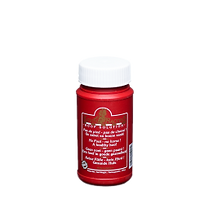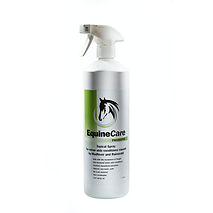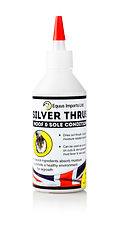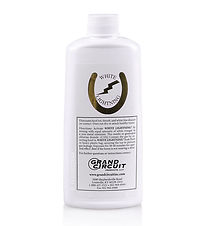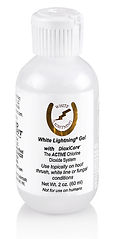

Thrush–or, Man do your feet stink!
What is Thrush?
Thrush is caused by an anaerobic (without oxygen) bacterial infection of the frog of the foot; specifically, a moist exudative dermatitis of the central and lateral sulci (clefts) of the frog. The most commonly cultured bacteria is Fusobacterium necrophorum. This bacterium incites a strong tissue reaction and causes the characteristic black exudate associated with thrush. The strong tissue reaction can be quite painful in some cases.
Does My Horse Have Thrush?
Now, not every horse with black discharge and smelly feet has thrush. Horses live in unclean environments and are constantly walking through urine, manure, and mud. These can pack into the frog and produce a foul smell and appear like black discharge. Although the disease was once thought to be associated with these unclean conditions, this is not always the case. Some horses live in the wettest, dirtiest conditions and never develop thrush, while others who live in the cleanest, driest stalls are plagued by thrush.
So why the difference?
Some practitioners attribute it to the health of the hoof. Good nutrition will produce a strong hoof and proper trimming/shoeing will aid in the normal self cleaning mechanism of the foot. Veterinary podiatrist, Dr. Stephen O’Grady, describes this mechanism:
The horse possesses a natural hoof cleaning mechanism. in the normal foot, as weight is placed on the limb, the third phalanx (coffin bone) will descend, causing the sole to flatten. Descent of the coffin joint occurs as the navicular bone gives in a distopalmar (downward) direction, pushing against the navicular bursa and the deep flexor tendon, and finally causes expansion of the frog as it approaches the ground surface. This continuous change in the structure prevents the accumulation of material in the bottom of the foot. Impairment of this hoof cleaning mechanism appears to the outstanding cause of thrush.
Chronic lameness, improper trimming, and insufficient exercise can lead to impairment of the hoof cleaning mechanism. When the foot is not properly cleaned, by both self mechanism, and proper grooming) manure, shavings and mud get packed into the clefts of the frog. This traps moisture and decreases the oxygen in the area and promotes the growth of bacteria.
How do I treat thrush?
Treatment must address both the bacterial infection and the underlying cause of the impairment of the self cleaning mechanism. Topical anti-thrush medications will resolve the bacterial infection. Proper trimming and balancing the foot will help to return it to its normal function. Any chronic lameness should be diagnosed and treated by your, Trimmer, Farrier or Vet. .
By addressing all the factors causing thrush, you will be able to treat and eliminate those stinky (and sore) feet!

